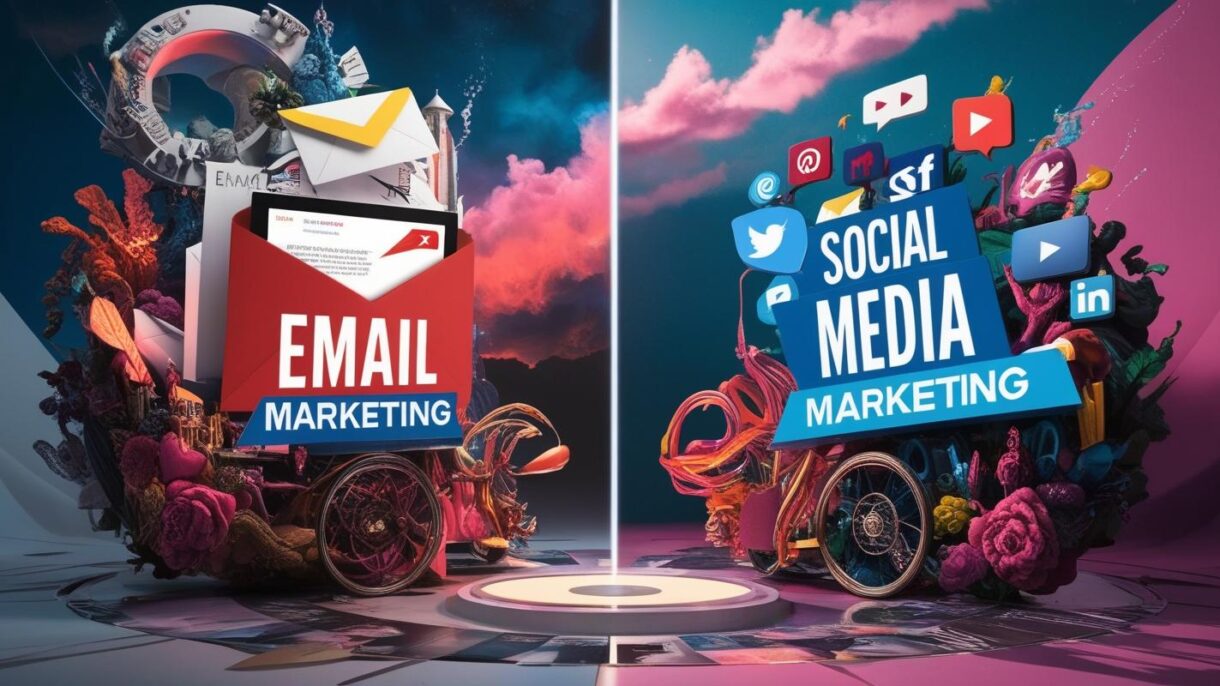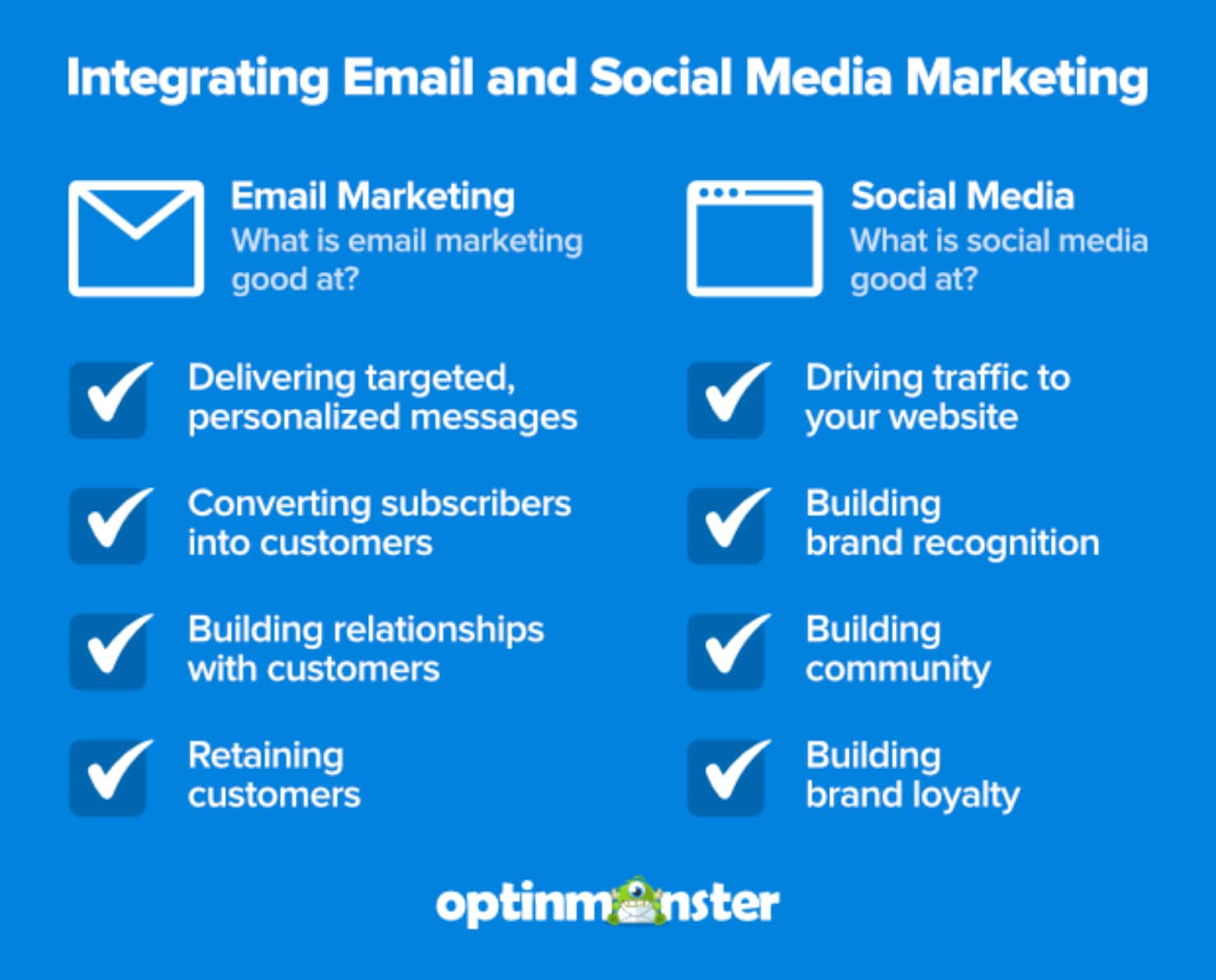
In today’s fast-paced digital world, Indian businesses are caught in a whirlwind of changing consumer behaviors, evolving technologies, and the overwhelming pressure to stand out in a crowded marketplace. Navigating these modern marketing challenges is not just about staying online; it’s about making meaningful connections in an environment that’s constantly shifting. Unlike a decade ago, where having a website or running a few ads was enough, 2025 demands a deeper, more empathetic understanding of how people think, feel, and buy. The Indian audience, diverse in culture and consumption patterns, no longer responds to one-size-fits-all solutions. What works for a tech-savvy 24-year-old in Bangalore might be irrelevant for a homemaker in Patna. Amid this complexity, businesses are being forced to rethink their strategies—not just to get noticed, but to build trust, create engagement, and drive real results. The modern consumer is smart, skeptical, and spoiled for choice. They expect personalized experiences, authentic interactions, and consistent value. This is where the struggle begins—most brands are still stuck using outdated playbooks, trying to push sales without first earning the right to be heard. It’s like showing up at a family function uninvited and expecting everyone to celebrate your presence. Marketing in India today isn’t about being loud; it’s about being relevant, human, and helpful. With the explosion of digital channels and content, attention is the new currency, and earning it requires far more than flashy ads or clickbait tactics. It demands a balanced approach that combines technology with empathy, strategy with storytelling, and reach with retention. This new reality has made it essential for Indian entrepreneurs and marketers to embrace not just digital tools, but a complete mindset shift—one that views marketing not as a cost but as a relationship-building engine that powers long-term growth.
Table of Contents
Sr.Headings
1. Introduction: Navigating Modern Marketing Challenges in India
2. The Limitations of Solely Relying on Performance Marketing
3. The Emergence of Growth Marketing and Influencer Collaborations
4. Empowering Businesses Through OCP Academy’s Training in 2025
5. Case Study: An Indian Startup’s Journey to Success
6. The Cultural Context: Why Localizing Matters in Indian Lead Generation
7. Emotional Storytelling as a Lead Magnet
8. Data-Driven Decisions in the Age of AI
9. The Synergy of Full-Stack Digital Marketing Strategies
10. Conclusion: Embracing a Holistic Digital Marketing Approach
11. FAQs: Addressing Common Digital Marketing Queries

The Limitations of Solely Relying on Performance Marketing
Performance marketing, encompassing platforms like Google Ads and Facebook Ads, has been a go-to for many businesses aiming for quick results. While these platforms offer targeted reach and measurable outcomes, they come with their set of challenges. The increasing competition has led to a surge in ad costs, making it less feasible for small and medium enterprises. Moreover, the over-reliance on these platforms can make businesses vulnerable to algorithm changes and policy shifts, which can drastically affect campaign performance. Additionally, the impersonal nature of ads often fails to build lasting relationships with customers, leading to lower retention rates. In the Indian context, where trust and personal connections play a pivotal role in consumer decisions, solely depending on performance marketing can be a short-sighted approach.
The Emergence of Growth Marketing and Influencer Collaborations
The rise of growth marketing and influencer collaborations in India marks a fundamental shift in how businesses approach digital outreach and lead generation. Unlike traditional marketing, which often focuses solely on driving immediate sales through short-term tactics, growth marketing emphasizes the entire customer journey—from awareness and engagement to retention and advocacy. It’s a mindset that treats every interaction as a chance to build deeper connections and long-term loyalty. In a culturally rich and emotionally driven market like India, this approach resonates deeply. Growth marketing thrives on understanding customer behavior, using data to tailor strategies, and creating meaningful content that truly connects with audiences. At the same time, the surge in influencer collaborations has changed the way brands communicate their message. Indian consumers, especially the younger generation, now place more trust in the opinions of content creators they follow than in direct brand messages. Influencers serve as relatable figures who speak the language of their audience, sharing real experiences that feel more like recommendations from a friend than a pitch from a company. Whether it’s a beauty blogger from Kolkata or a food vlogger from Hyderabad, influencers hold the power to drive not just awareness, but engagement and trust. When combined with the principles of growth marketing, influencer partnerships become even more powerful—they allow brands to reach highly targeted audiences while nurturing those relationships through personalized emails, engaging social content, and value-driven interactions. The real magic lies in the integration: using influencers to bring people into your world, and growth marketing to keep them there. In today’s India, where consumers are both emotionally driven and digitally savvy, this combination offers a sustainable, effective path for lead generation and long-term brand success.

Empowering Businesses Through OCP Academy's Training in 2025
In 2025, the digital marketing landscape in India is more competitive and fast-evolving than ever before, making it absolutely essential for businesses to invest in continuous learning and skill development. This is where institutions like OCP Academy come into play, acting as a catalyst for transformation for thousands of aspiring marketers, entrepreneurs, and business owners. OCP Academy isn’t just a training institute—it has become a growth partner for those looking to build meaningful and measurable success in the digital world. The Academy provides hands-on, practical education that bridges the gap between theoretical concepts and real-world application, equipping learners with the tools, strategies, and confidence to navigate complex marketing challenges. Whether it’s mastering the art of email automation, understanding consumer psychology on social media, or analyzing campaign data for better decision-making, OCP’s comprehensive curriculum prepares individuals for every layer of the digital marketing stack. For Indian businesses, this means access to a talent pool that understands local nuances while operating with global-level skills. What makes OCP Academy truly stand out is its commitment to empowering learners with not just knowledge, but with clarity and direction. In an era where digital trends shift almost overnight, the Academy ensures its students remain agile, adaptable, and future-ready. Business owners who once struggled with high ad costs and low engagement now find themselves building sustainable, growth-oriented strategies after undergoing OCP’s training. It’s not an exaggeration to say that this institution is shaping the future of India’s digital economy by nurturing talent that thinks beyond vanity metrics and focuses on genuine value creation.
Case Study: An Indian Startup's Journey to Success
Consider the journey of “EcoThreads,” a sustainable fashion startup based in Bengaluru. Initially, they relied heavily on Facebook Ads to drive traffic to their website. While they saw a spike in visitors, the conversion rates remained low, and the cost per acquisition was unsustainable. Realizing the need for a more integrated approach, they enrolled in a digital marketing course at OCP Academy. Armed with new insights, they revamped their strategy to include personalized email campaigns, collaborated with eco-conscious influencers, and optimized their website for organic search. Within six months, EcoThreads witnessed a 60% increase in lead conversions and a 40% reduction in marketing costs. This transformation underscores the importance of a diversified digital marketing approach tailored to the Indian market.
The Cultural Context: Why Localizing Matters in Indian Lead Generation
India is not a monolith—it’s a tapestry of languages, traditions, preferences, and consumption patterns. This diversity directly impacts how people respond to marketing. A strategy that works in Delhi may fall flat in Chennai. Email marketing allows for segmentation—meaning, you can tailor your message based on region, behavior, and even language. Similarly, regional influencers on social platforms can reach deeply engaged niche communities that mass media often misses. For instance, a saree brand marketing in Gujarat using Gujarati email content and collaborating with a local influencer resonates far more than a generic pan-India campaign.
This localized approach increases engagement and trust—key components of lead generation in India. People want to feel understood, and personalization rooted in cultural nuances helps build emotional connections. Full-stack strategies that include local SEO, language-specific content, and hyper-local influencer tie-ups empower businesses to scale without losing their personal touch.
Emotional Storytelling as a Lead Magnet
In India, emotional resonance can make or break a brand. We are a country driven by stories, traditions, and values. An email campaign that narrates a founder’s journey or a social media post that shares a customer’s transformation story often generates more leads than a flashy ad. When you appeal to the heart before the head, you create connections that go beyond transactions.
A perfect example is when an Ayurvedic skincare brand in Kerala sent a series of heartfelt emails telling real-life stories of people who overcame skin issues. These weren’t just product pitches—they were testimonies of hope and healing. The response? Increased engagement, referrals, and conversions. Social media complemented these stories by sharing behind-the-scenes moments and raw customer feedback. This blend of emotional storytelling and cross-platform presence turned casual viewers into loyal customers.
Data-Driven Decisions in the Age of AI
As we step into a more digitally mature India, intuition alone is no longer enough. Tools that track behavior, predict preferences, and personalize interactions are now indispensable. Both email and social media platforms offer advanced analytics. Open rates, click-throughs, bounce rates—these numbers tell stories of what’s working and what needs tweaking.
But here’s the power move: when these platforms are connected through CRM systems or automation tools, businesses can track a customer’s journey from Instagram post to email subscription to final purchase. This 360-degree visibility lets you fine-tune your lead generation strategy with precision. For example, a fashion brand can identify which influencer collaboration brought in the most high-quality leads, and then tailor email campaigns to those specific interests—maybe promoting wedding collections in the wedding season or office wear during campus recruitment drives.
The Synergy of Full-Stack Digital Marketing Strategies
When we talk about full-stack digital marketing strategies, we’re referring to a complete ecosystem where all components—from content and SEO to email campaigns, social media presence, analytics, automation, and even offline branding—work together in harmony. This holistic approach has proven to be a game-changer, especially in a culturally diverse and digitally evolving country like India. For instance, think of it as running a well-coordinated restaurant. You can’t just focus on the food (like ads) and ignore the ambiance, service, or cleanliness (your website, email lists, and customer service). Every touchpoint matters. By integrating email marketing with social media campaigns, Indian businesses can both attract and nurture leads—essentially covering both the discovery and decision-making phases of the customer journey.
Let’s say a brand launches a new product line. They use Instagram reels and influencer posts to spark interest and reach a wider, younger audience. Simultaneously, they capture emails through gated content or offers and then use email marketing to nurture those leads with exclusive deals, behind-the-scenes content, and feedback requests. This dual approach dramatically increases the chances of converting a curious onlooker into a paying, loyal customer. Not to forget, it gives the business control over its audience—email subscribers are owned leads, unlike social followers who are subject to platform changes.
Moreover, automation tools can now sync campaigns across platforms, ensuring consistency in messaging and brand tone. This kind of orchestration is vital for building trust, which is still a major factor in Indian buying behavior. Especially in Tier II and Tier III cities, where personal touch and familiarity drive decisions, this integrated strategy ensures you’re not only reaching customers but truly connecting with them. It’s no longer about choosing between email or social—it’s about using both, smartly.


Yes, but it takes time, consistency, and strategy. Organic growth is slower but builds long-term value.
Absolutely, but they must be part of a larger funnel. Without a proper landing page or content support, ads alone won’t convert.
It’s a combination of all digital skills: content creation, paid ads, SEO, analytics, email, social, influencer, and more. It gives you a holistic view of marketing.
Enroll in practical, hands-on programs like those at OCP Academy. Choose mentors who’ve worked in the field, not just taught theory.
Yes! Even small brands can collaborate with micro-influencers who have high engagement and local trust.
Conclusion
Standing at the crossroads of 2025, Indian businesses must recognize that the era of single-channel dependence is fading fast. The market has matured. Consumers are savvier than ever, and their journey from awareness to purchase is no longer linear. That’s why sticking only to performance ads or blindly following trends without depth won’t cut it. The need of the hour is a deeper, human-centered approach—one that respects where your audience hangs out, what they care about, and how they prefer to be engaged. Email marketing allows for personalized communication, often delivering higher ROI, while social media gives you reach, relatability, and trend-driven appeal. But here’s the truth: neither works alone as well as they do together. Like two hands clapping, the real impact is when they operate in sync. The modern Indian entrepreneur, whether running a startup in Mumbai or a boutique business in Jaipur, must adopt full-stack digital strategies not just to survive, but to thrive. Institutions like OCP Academy are leading this movement by preparing individuals and brands with real skills for the real world—skills that are immediately applicable, measurable, and impactful. Let’s not forget, digital marketing is not just about leads or conversions; it’s about building lasting relationships, telling authentic stories, and creating meaningful value in a crowded market. The tools may evolve, platforms may shift, but if your strategy is rooted in empathy, education, and excellence, success is just a campaign away.
OCP Academy
(A Unit of OCP Foundation)
Learning Today, Leading Tomorrow

